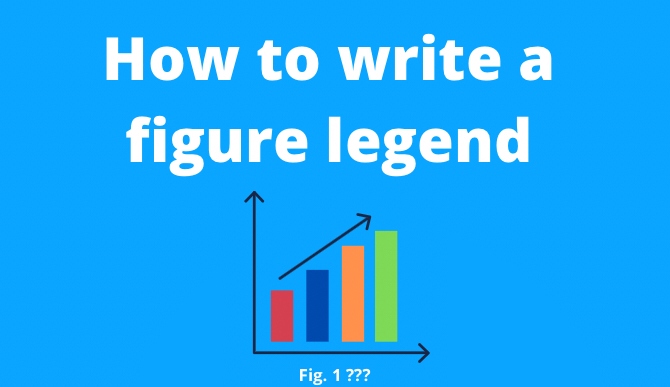A laboratory report is a document that a student submits as part of his final grade in a science, mathematics, or engineering course. In this document, the student includes figures and tables to illustrate their work. If you’re writing a lab report, you’ll want to include a figure legend.
What is the Legend of The Figure?
A picture legend is a table that provides information about any graphic or image in a lab report. This table includes the graph title, the name of the researcher who created it, and the date of creation. It can be very useful for readers to know who did it and when it was done.
Picture legends are a great way to organize your pictures and charts into a lab report. They can help you keep track of which figure corresponds to which chart, and can also help you avoid confusion about which picture relates to which data point.
Important elements in a legend of figures
The legends of the figures must list the following information for each figure:
- Image caption
- Author Name(s)
- Data Source
- Keywords or phrases used in text to identify the picture
- The year the figure was created
- An inscription explaining what the figure shows
- Size of title letters and text in brackets
- Number of figures in legend
Things you need to know about the Legend of The Picture
- The first line of the image legend contains the image caption and the type of graphic or table it is.
- The lines behind the title describe the data in detail, including many samples, averages, standard deviations, and ranges.
- The lines below these details show how each variable relates to the other. This information can help us understand how data is collected and analyzed.
- The last line of the image legend includes any note or explanation for the figures that were not included in the main section of the text.
Benefits of The Legend of The Picture
- Organization of data:
Image legends can help you organize your data by identifying the type of data contained in each chart or chart. This can save you time when trying to find specific data points in your report.
- Make your reports readable:
Figure Legends can also make your reports more readable by sharing different types of information. This can improve understanding and help students track data more easily.
- Improve the quality:
Figure Legends also improves the overall quality of your work by providing clear instructions on how to use the figures correctly in your report. This makes it easier for others to understand and correct any mistakes that may occur.
- For creating graphics and graphics
Image legend can also be a useful tool for creating graphics and graphics. For example, you can use it to identify which shafts are represented by which figures and vice versa. Moreover, a picture legend can offer instructions on how to create graphs or graphs from your data.
Tips for writing an effective science figure legend
- Use standard nomenclature when naming your pictures and tables.
For example, use “Figure 1” to refer to the first picture in your report and “Table 1” to refer to the data table that appears at the beginning of your report. Refer to the figures and tables in their numerical order within your report.
- Keep the legend of your figure short but informative.
Each image should have a short caption explaining its contents and a one-sentence description of each graph or table. Try not to include more than four lines of text per picture; Shorter titles are easier for readers to remember and scan.
- Use clear English prose when writing your legend.
Do not use too many technical terms or slang. Try to be as clear as possible when describing how data is collected or analyzed. Use concrete language that is easy to understand by readers without having to consult a dictionary or other reference material. For example, instead of saying “The average value for group A was significantly different from group B”, say “The average value for group A was significantly different from group B.”
- Be specific about which figures represent data from which experiments:
Make sure to list which experiments the data in each picture came from. This will help readers track your search progress more easily.
Why do students need a lab report?
A laboratory report can provide students with a detailed visual representation of their work. It could help them understand the results of their experiments and communicate their findings effectively. A well-written laboratory report will also include a figure legend explaining symbols and numbers in the images.
Students may find it useful to use a lab report model when preparing their own. This will help ensure that all information is well organized and that all figures are labeled correctly. Furthermore, it may be useful to have clear instructions on producing certain graphics or graphs in your report.
